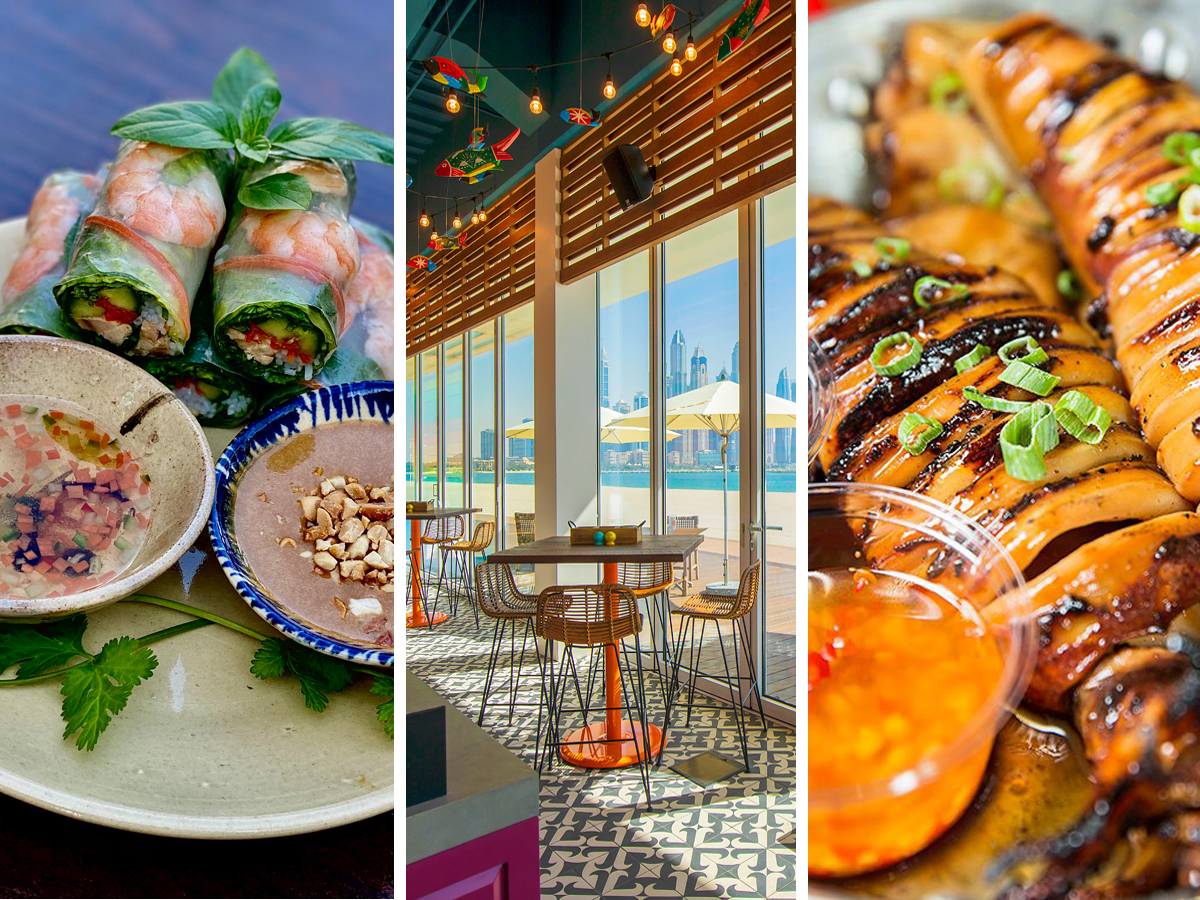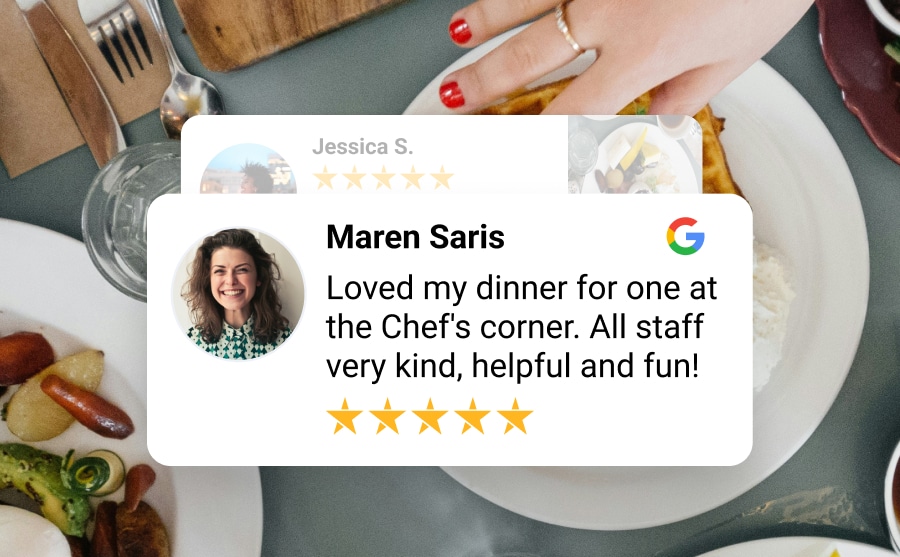What Consumers Really Want From Healthy Fast Food Options

Summary
As consumer expectations evolve, fast food is no longer just about speed and price—health, transparency, and personalization now dominate decision-making. This article explores how traditional research methods are being outpaced by real-time digital conversations on social media, food apps, and review platforms, revealing authentic insights into dietary trends, affordability, flavor preferences, and sustainability demands. By combining AI-driven social listening with structured market research, fast food brands can detect emerging trends, tailor menus, and anticipate shifts before competitors, turning data into actionable strategies that drive loyalty, innovation, and growth.
Introduction
Industries are undergoing a seismic shift in how they understand customers. In the fast food industry, this change is not subtle—it’s transformational. Consumers are no longer satisfied with just quick service or low prices. They are now demanding healthy, transparent, and customizable options that reflect their personal health goals, dietary restrictions, and ethical values.
Traditional surveys and focus groups used to dominate how fast food companies gathered insights. But now, those slower, less dynamic methods are being complemented—and often outpaced—by a constant stream of digital signals. Customers express their preferences daily across social media, review platforms, food delivery apps, and online communities. These conversations reveal what people love, what frustrates them, and what they wish brands would offer.
RILA Global Consulting is a leader in turning these conversations—both online and offline—into actionable market intelligence. Through advanced social listening, consumer research, and AI-driven analytics, RILA helps fast food brands deeply understand what customers truly want from healthier menu options. This enables brands to make smarter, faster decisions that align with consumer demand and boost market share.
From Traditional Research to Always-On Listening
For decades, fast food chains have relied on quarterly research reports, periodic focus groups, and post-campaign surveys to understand their customers. But in today’s fast-moving market, where consumer expectations can shift overnight, this approach is too slow to compete.
More than 80% of diners now research online before deciding where to eat—reading reviews, checking calories, looking up ingredients, and comparing value. By the time quarterly research is complete, a major conversation may already have passed, and competitors may have acted on it first.
Without continuous listening, fast food brands risk missing:
- Shifts in dietary trends: sudden spikes in demand for low-carb wraps, plant-based proteins, allergen-friendly meals, or sugar-free sauces.
- Ingredient transparency concerns: negative chatter around hidden sodium, additives, or vague labeling claims.
- Affordability expectations: conversations about “healthy on a budget” influencing consumer choice.
- Experience pain points: frustrations with drive-thru times, poor app experiences, or customization limitations.
Example: When conversations around “affordable, high-protein lunch bowls under $10” trended on TikTok, one national chain acted quickly and became the category leader for that product segment within two months.
Why Social Listening Matters Across Industries
Social listening allows fast food brands to access authentic, unfiltered consumer voices in real time. It goes far beyond counting mentions of “salads” or “healthy options.” It helps brands uncover the deeper motivations, expectations, and frustrations that shape actual purchase decisions.
Examples in Fast Food:
- Menu innovation signals: Buzz around plant-based proteins, fiber-rich sides, fermented ingredients, and nutrient-forward bowls. Social listening can reveal not just interest but emotional reactions—what excites customers versus what they find boring.
- Value and affordability: Consumers increasingly share TikTok reviews or price comparisons highlighting where they can find balanced, affordable meals. Brands that respond to these signals by offering value-driven healthy combos gain an edge.
- Lifestyle preferences: Conversations around keto, vegan, gluten-free, and low-sodium diets are common. Social listening helps brands identify unmet needs, like missing options or confusing ingredient labeling.
- Digital experience: Consumers frequently comment about app usability, customization flows, and order accuracy. Fast brands with seamless app experiences see stronger engagement with healthy menu items.
- Sustainability expectations: Many consumers now link “healthy” to “eco-conscious.” Social listening captures demands for compostable packaging, local sourcing, and visible sustainability commitments.
Takeaway: When brands continuously listen to these conversations—not just occasionally—they can anticipate change, refine offerings, and move from reacting to leading the conversation.
The Role of Market Research + Social Data
Traditional market research is powerful for understanding structured data—what consumers say in surveys or focus groups. But real life doesn’t happen in a focus group room. People express opinions, desires, and frustrations on digital platforms daily. Combining structured research with real-time social listening gives brands a complete, 360° view of consumer behavior.
For healthy fast food brands, this combined intelligence helps to:
- Detect emerging trends like protein-forward breakfasts, customizable salads, and plant-based comfort food.
- Identify regional differences in demand—urban customers might favor vegan options, while suburban audiences lean toward balanced, hearty bowls.
- Map the customer journey from discovering a trend on TikTok to ordering on a mobile app.
- Track brand sentiment during new menu launches and marketing campaigns.
- Uncover innovation opportunities such as transparent labeling, low-sodium sauces, or nutrient-rich snacks.
Example: A fast food chain learned through listening and research that customers were tired of bland “healthy” sides. They replaced plain salads with flavorful roasted vegetable blends—leading to a 20% increase in healthy meal sales and stronger repeat visits.
RILA in Action: Turning Signals into Strategy
Scenario: A major fast food chain faces a surge in online complaints about its healthy menu options being overpriced and flavorless.
Using its proprietary RILA CORE framework, RILA Global Consulting turns these raw signals into strategy:
1. Detect – Social listening identifies recurring keywords and themes such as “boring,” “overpriced,” “better options elsewhere.”
2. Synthesize – AI analytics reveal that the problem centers on taste perception, portion size, and value mismatch.
3. Activate – Strategic recommendations are made:
- Launch flavorful, customizable bowls priced under $10.
- Display full nutritional information and ingredients upfront, both online and in-store.
- Partner with health-focused creators to reshape the narrative around healthy menu choices.
Outcome:
- +28% increase in positive sentiment around healthy options.
- +16% increase in average lunch ticket size.
- Noticeable lift in loyalty app retention among health-conscious consumers.
What This Means for Organizations
Fast food brands that integrate social listening with market research can move faster, innovate more intelligently, and build stronger competitive advantages.
Key Advantages:
- Proactive strategy — anticipate dietary shifts like plant-based protein adoption before competitors.
- Early risk detection — identify negative sentiment around ingredients or prices before it spreads.
- Tailored campaigns — build promotions around actual consumer concerns like value, flavor, and health.
- Competitive differentiation — position the brand as the trusted leader in healthy fast food.
- Stronger ROI — launch initiatives aligned with real market demand.
Example: After identifying conversations about “boring salads,” a brand launched customizable grain bowls with protein-rich toppings. Within six weeks, they achieved a 30% increase in repeat purchases and significantly higher social engagement.
About RILA Global Consulting
At RILA Global Consulting, we combine cutting-edge social listening, consumer research, and AI-driven analytics to decode what customers are saying—and not saying—about healthy fast food brands.
With a global footprint and deep expertise in food service, we help fast food chains:
- Anticipate emerging demand for healthier menu offerings.
- Refine pricing, messaging, and marketing strategies based on real-time sentiment.
- Stay ahead of competitors through insights that reveal both immediate opportunities and long-term shifts.
We’ve helped Fortune 500 brands, fast-growing restaurant chains, and franchise operators transform digital conversations into measurable growth. Whether you need to:
- Track consumer sentiment across TikTok, Instagram, and review platforms,
- Benchmark against leading competitors, or
- Build research-backed strategies to elevate your healthy menu— RILA is your partner for turning insight into action.
👉 Ready to understand what consumers really want from your healthy fast-food menu?
Contact us RILA Global Consulting to start driving results today.
Read More

Top U.S. Consumer Concerns — Last 30 Days (RILA Global Consulting Analysis)
Over the past month, American consumers have been caught between economic pressure and cautious hope. According to RILA’s analysis of 25 million online conversations, tariffs and inflation dominate public discourse — shaping a sense of financial vulnerability that spans demographics and languages. English-speaking Americans decry tariffs as a hidden tax, while Spanish-speaking communities focus on agricultural fallout and global trade risks. Inflation’s reach now extends beyond groceries to healthcare, deepening distrust in political leadership. Meanwhile, AI-driven automation fuels job insecurity, especially among younger generations who see innovation as both opportunity and threat. Yet, amid the strain, moments of optimism — from EV purchases to financial literacy — suggest that while Americans feel squeezed, they’re still seeking control and clarity in a shifting economic landscape.
October 22, 2025
READ MORE

Why Social Listening is Critical for Nuclear Energy Discussions
Nuclear energy remains one of the most emotionally charged and technically complex sectors in the global energy debate, where public perception often outweighs scientific facts. This article explores how social listening has become essential for industry leaders, policymakers, and energy organizations to understand real-time public sentiment, track misinformation, and engage communities proactively. Unlike traditional research, which captures static snapshots of opinion, social listening uncovers nuanced, rapidly evolving conversations across social media and forums, allowing stakeholders to detect concerns early, address fears around safety and waste, and craft targeted, empathetic communication strategies. By integrating these insights with market research, nuclear energy organizations can foster trust, shape narratives responsibly, and position themselves strategically in the transition to net-zero emissions.
October 22, 2025
READ MORE

Why Hospitality Brands Can’t Ignore TikTok Travel Trends
TikTok has transformed the way travelers discover and choose destinations, turning viral videos into powerful drivers of bookings and brand visibility. For hospitality brands, from luxury resorts to boutique hotels, ignoring TikTok trends is no longer an option — these platforms provide real-time signals of traveler interests, desires, and frustrations. By combining social listening with traditional market research, brands can anticipate emerging trends, tailor content to viral hashtags, and convert engagement into bookings. RILA specializes in turning TikTok insights into actionable strategies, helping hotels and travel brands bridge the gap between online virality and real-world revenue while staying ahead of the competition in a rapidly evolving digital landscape.
October 22, 2025
READ MORE

What Social Listening Reveals About Inflation’s Impact on Dining Choices
Inflation is reshaping not just what consumers eat, but how they decide where and how much to spend—conversations that are happening in real time on social media. Traditional research methods can lag behind these rapid behavior shifts, but social listening combined with AI-driven analytics provides QSR and food brands with an immediate window into consumer priorities, price sensitivity, and value perceptions. From spotting early complaints about portion sizes to identifying the most effective promotions, brands that act on these digital signals can proactively adjust pricing, loyalty programs, and messaging to maintain loyalty and competitive advantage. By treating inflation as a strategic moment rather than a challenge, companies can turn economic pressure into actionable intelligence, protecting both margins and customer relationships.
October 22, 2025
READ MORE

What Reddit and TripAdvisor Teach Us About Hospitality Pain Points
In today’s digital age, guest experiences extend far beyond hotel walls, unfolding in real time on platforms like Reddit and TripAdvisor. These forums offer unfiltered, authentic insights into travelers’ frustrations, praises, and unmet expectations, revealing pain points that traditional surveys often miss. By combining always-on social listening with structured market research, hospitality brands can detect service gaps as they emerge, understand the emotional drivers behind complaints, and implement targeted solutions that improve satisfaction and loyalty. RILA specializes in transforming these digital conversations into actionable strategies, helping hotels, resorts, and boutique properties proactively enhance operations, protect brand reputation, and turn guest feedback into a competitive advantage.
October 22, 2025
READ MORE

What Consumers Really Think About Renewable Energy Adoption
As renewable energy technologies surge forward, understanding consumer sentiment has become just as crucial as technological innovation. Modern energy adoption is no longer a top-down process—consumers actively debate, question, and influence the trajectory of solar, wind, and EV infrastructure through online platforms and social discourse. By combining traditional market research with real-time social listening, energy providers can uncover both the emotional drivers and practical concerns shaping adoption, from cost and reliability to environmental impact and community trust. Insights like these allow organizations to craft targeted strategies, foster transparency, and ultimately accelerate the transition to a more sustainable energy future—demonstrating that successful adoption depends as much on listening as it does on leading.
October 22, 2025
READ MORE

Turning Sustainability Commitments Into Consumer Confidence
In today’s energy landscape, bold sustainability promises are no longer enough—consumers demand proof, transparency, and tangible results. Energy companies must move beyond announcements and actively demonstrate progress through measurable actions, verified data, and authentic community engagement. By leveraging social listening and clear storytelling, brands can identify concerns, address skepticism, and transform it into trust and advocacy. Embedding sustainability into the core of operations and communications turns commitments into credibility, driving consumer confidence, brand loyalty, and long-term competitive advantage in an era where trust is the ultimate currency.
October 22, 2025
READ MORE

Turning Negative Reviews Into Competitive Advantage in Travel & Hospitality
In an age where a single online review can influence thousands of potential guests, the hospitality industry faces both its greatest challenge and most valuable opportunity: social listening. This article explores how RILA helps hotels and travel brands transform negative reviews from reputation risks into strategic assets. By combining social listening, market research, and AI analytics, businesses can decode real-time guest sentiment, uncover hidden service gaps, and respond before issues escalate. The result isn’t just damage control — it’s a proactive, data-driven approach that turns criticism into competitive intelligence, driving loyalty, trust, and long-term growth in an increasingly transparent marketplace.
October 22, 2025
READ MORE

Turning Customer Complaints Into Competitive Advantage
In today’s hyper-connected world, customer complaints have evolved from being reputational risks to becoming powerful sources of strategic intelligence. Nowhere is this transformation more evident than in the QSR and food & beverage industries, where real-time social feedback can make or break a brand overnight. This article explores how RILA helps organizations harness complaint data—using AI, social listening, and integrated research—to detect early warning signs, uncover innovation opportunities, and turn negative sentiment into competitive advantage. By listening deeply and responding intelligently, brands can transform frustration into loyalty, operational pain points into performance gains, and dissatisfied customers into their strongest advocates.
October 22, 2025
READ MORE